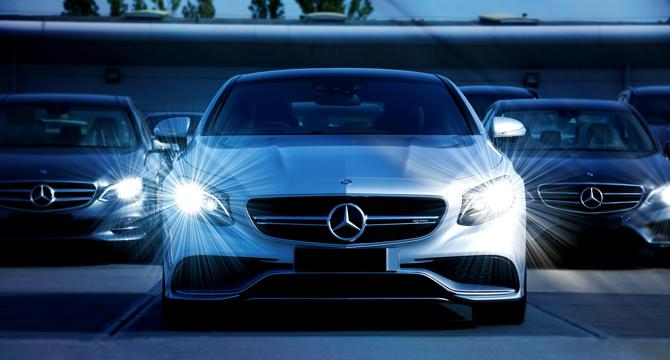Entrepreneurshiplife
1M
177

Image Credit: Entrepreneurshiplife
From Screens to Streets: The Rise of Augmented Reality in Cars
- Augmented Reality (AR) is no longer confined to screens, it is reshaping the automotive industry to change the way we drive, navigate, and stay in touch. AR integrates a digital layer into the immediate view of the driver utilizing specialized displays or sensors. Key features of AR-powered vehicles include enhanced navigation, real-time hazard detection, parking assistance, driver assistance systems, and passenger entertainment.
- AR in vehicles projects navigational arrows on the windshield and does away with the need to shift focus to another screen, reducing driving distractions, and improving safety. AR in cars can detect and mark possible risks such as pedestrians, cyclists, or other obstacles in the road.
- AR is revolutionizing the entertainment in cars, which can transform a trip into a journey, especially for families with young ones. AR adoption comes with a few hurdles such as high development costs, driver distraction risks, maintenance, privacy, and cybersecurity issues.
- AR systems depend heavily on data collected from sensors and cameras and may become sources of hazards. The future of technology in cars is bright, and AR will shift from being an item in luxury models to a standard part of most cars as costs come down, and the systems become more elaborate.
- It is anticipated that AR technology will take cars a notch higher through better connection and real-time update. AR systems may form a synergistic connection with other autonomous driving systems, providing enhanced information and entertainment.
Read Full Article
10 Likes
For uninterrupted reading, download the app